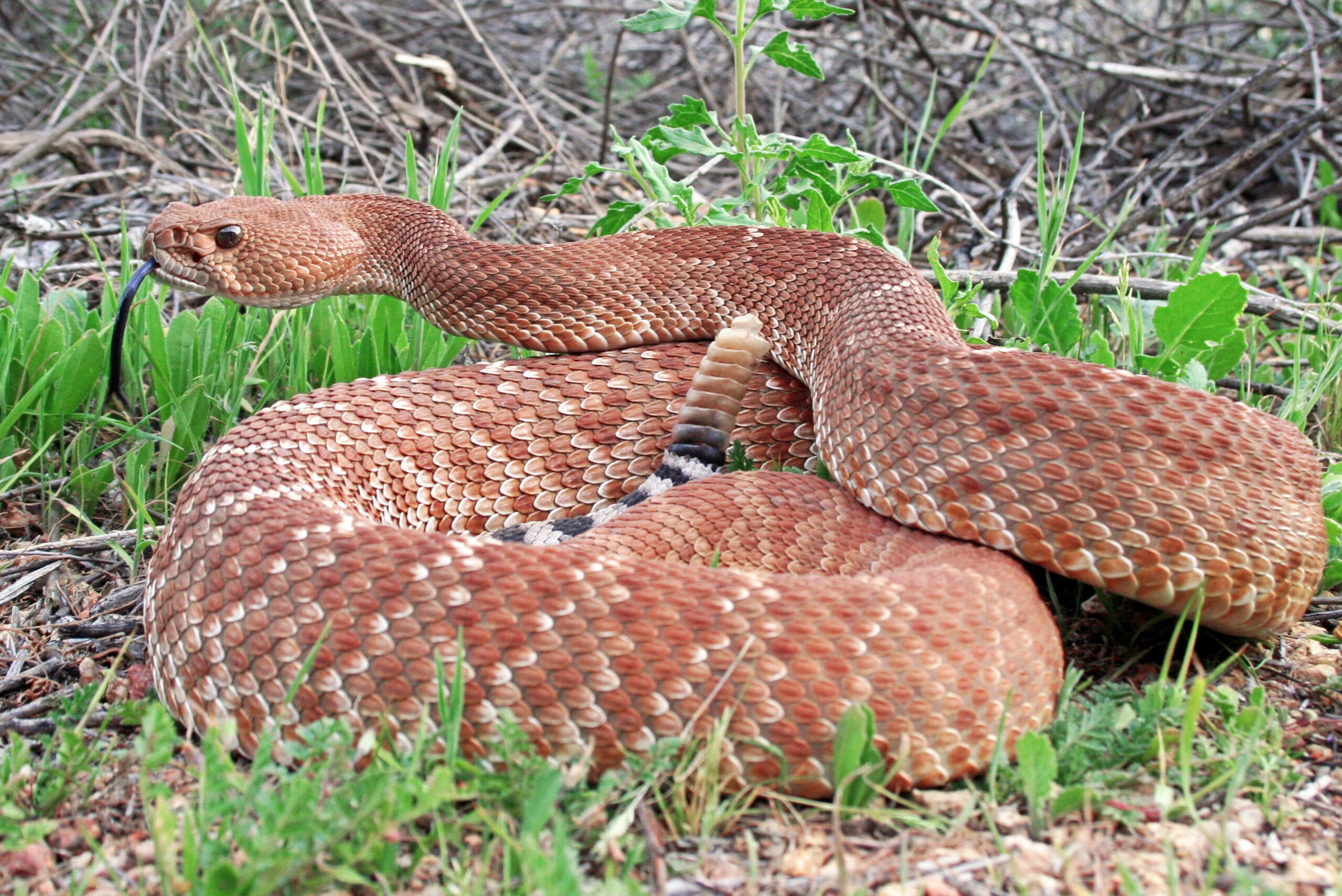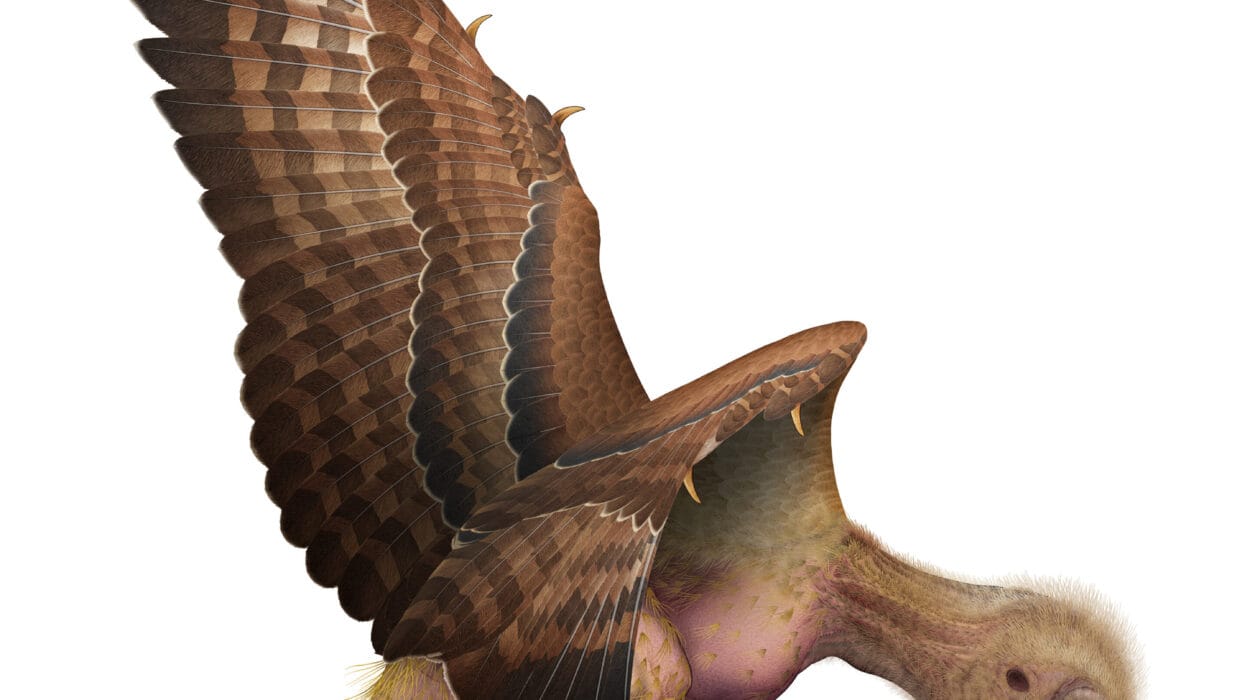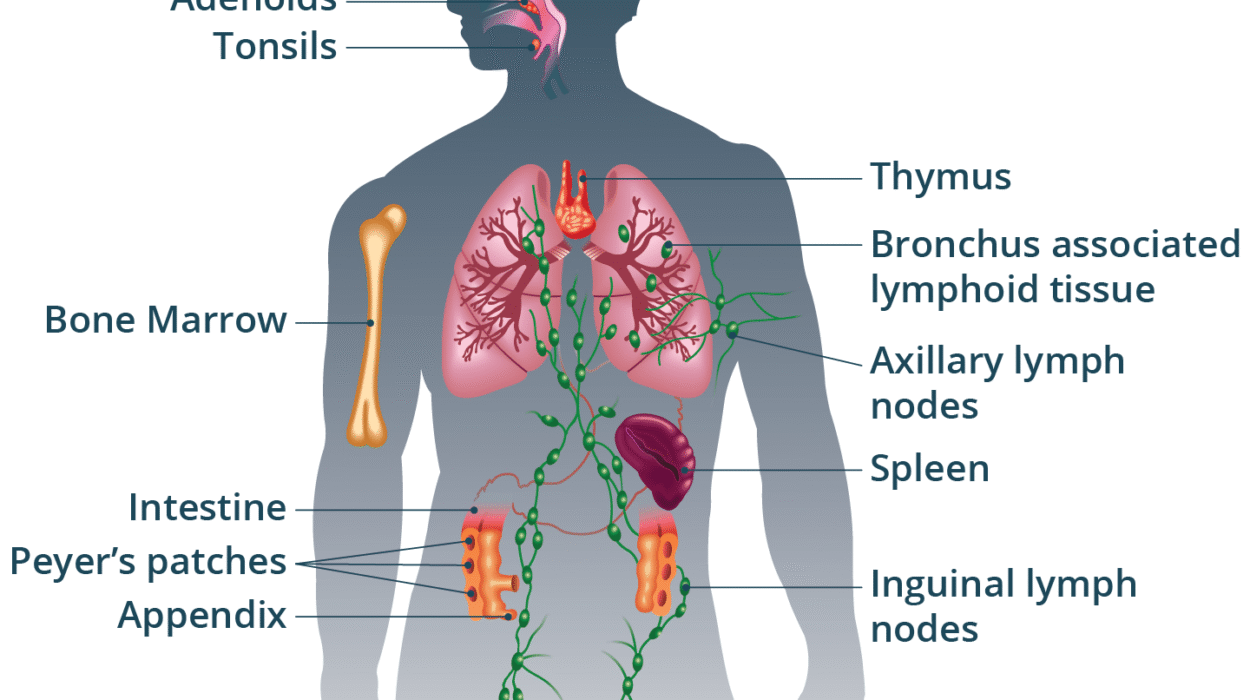Nature’s designs often straddle a fine line between beauty and brutality. Few adaptations illustrate this more vividly than venom. Across the vast and varied tapestry of life on Earth, venomous animals have emerged not as monstrous aberrations but as masterpieces of evolutionary ingenuity. Whether it is a cobra hooding up with a hiss, a jellyfish drifting silently in the tide, or a scorpion poised to strike in desert moonlight, venomous creatures compel our attention with their quiet power and biological precision. Yet behind the fear they often inspire lies a complex and fascinating world—a world where chemistry becomes weaponry and survival is written in molecules.
The science of venom is not merely about understanding what makes these animals dangerous. It is about unlocking the secrets of evolution, decoding molecular blueprints, and exploring how living organisms have transformed biological substances into tools of both offense and defense. From paralyzing prey to deterring predators, venom represents a potent solution to life’s perennial challenges. In doing so, it bestows upon its wielders a remarkable evolutionary edge, sculpting lineages and influencing ecosystems in profound ways.
Venom vs. Poison: A Crucial Distinction
Before delving into the science and survival advantages of venom, it is important to clarify a common misconception: venom is not the same as poison. Though often used interchangeably in everyday speech, they differ fundamentally in biological terms. Venom is a specialized secretion actively delivered by an animal—usually through a bite, sting, or spine—into another organism for a specific purpose, most often predation or defense. Poison, by contrast, is typically a passive chemical defense that is harmful when ingested, inhaled, or touched.
A rattlesnake, for example, injects venom through hollow fangs to subdue its prey, making it venomous. A poison dart frog, on the other hand, excretes toxins through its skin, deterring would-be predators who learn the hard way not to take a bite. Venom requires a delivery mechanism; poison does not. Understanding this distinction sets the stage for a deeper exploration of how venom works—and why it confers such a formidable evolutionary advantage.
An Ancient Weapon Forged by Evolution
Venom is not the product of one evolutionary event but rather the result of multiple independent origins across the tree of life. From arachnids to reptiles, marine invertebrates to mammals, and even a few birds, venom has evolved more than a hundred separate times. This remarkable convergence suggests that venom is not only highly effective but also relatively accessible through evolutionary pathways.
At its core, venom is a complex biochemical cocktail composed of proteins, enzymes, peptides, and other molecules. These components target specific physiological systems—such as the nervous system, circulatory system, or cellular membranes—causing paralysis, pain, necrosis, or death. The diversity of these compounds allows venom to be finely tuned to an animal’s ecological niche. Some venoms act instantly, overwhelming the nervous system with rapid precision. Others are slower but cause devastating tissue damage that incapacitates prey or deters predators for good.
The genetic origins of venom trace back to a process called gene duplication. Through random mutations, a gene responsible for a harmless physiological function—say, digestion—gets copied. One copy continues its original job, while the other is free to mutate without compromising survival. Over generations, this duplicated gene may acquire new functions, such as targeting nervous tissue or blood cells, evolving into a venom gene. Through such gradual refinements, ordinary proteins transform into molecular weapons.
The Arsenal of Life: Types of Venom and Their Targets
Venom is not a monolithic substance; rather, it is as diverse as the animals that wield it. Broadly speaking, venoms are categorized based on their physiological effects and target systems. Neurotoxins, for example, interfere with nerve function and are common in snakes, spiders, and cone snails. These venoms often cause paralysis by blocking or overactivating ion channels involved in nerve signal transmission.
Hemotoxins, another major class, damage blood cells and tissues, leading to internal bleeding, organ failure, or death. Many vipers, such as rattlesnakes and copperheads, use hemotoxic venom to immobilize prey and begin digestion before ingestion. Cytotoxins destroy cells directly, often causing severe pain and necrosis, as seen in certain spider and jellyfish venoms.
Some animals wield even more specialized tools. The venom of the Australian funnel-web spider contains delta-atracotoxins that selectively target primate nervous systems, making it especially dangerous to humans. Cone snails, slow-moving marine mollusks, have evolved a venom so fast-acting and potent that it can paralyze fish in milliseconds. Their venom contains hundreds of unique peptides—called conotoxins—each with a specific molecular target.
Understanding these distinctions is crucial not just for appreciating the survival strategies of venomous animals but also for recognizing their potential in medicine and pharmacology.
The Edge of Efficiency: Venom as a Hunting Tool
One of the primary functions of venom is predation. In nature, the arms race between predator and prey is relentless. Speed, stealth, and strength offer advantages, but venom confers a different kind of edge—one that operates at the molecular level. For predators that lack physical prowess or speed, venom can level the playing field.
Take the inland taipan, often cited as the world’s most venomous snake. Living in the arid deserts of Australia, it preys on small mammals like rodents. Its venom, a potent mix of neurotoxins and procoagulants, can kill a human in under an hour—but it acts on mice in mere minutes. By immobilizing prey instantly, the taipan avoids injury and conserves energy, a vital advantage in harsh environments where food is scarce and every encounter carries risk.
In marine environments, where movement is three-dimensional and prey can vanish with a flick of a fin, speed is often critical. Yet the cone snail, moving at a snail’s pace, has found a solution. Its harpoon-like radular tooth injects venom into unsuspecting fish with surgical precision. The fish is paralyzed almost instantly, allowing the cone snail to feed without a chase. Such efficiency is the hallmark of venom-based hunting—turning biology into a precision weapon.
Survival at Stake: Venom as a Defense Mechanism
While venom is a powerful tool for hunters, it is equally important as a means of self-defense. In fact, many animals that use venom primarily for protection are otherwise defenseless in the face of predators. For them, venom is the ultimate equalizer—a message to would-be attackers: proceed at your own peril.
The honeybee, for example, is not a predator but uses its venomous sting to protect the hive. Its venom contains melittin, a compound that causes intense pain and inflammation. Though rarely deadly, a swarm of bees can drive away predators many times their size. Similarly, the blue-ringed octopus, a small and unassuming inhabitant of coral reefs, harbors tetrodotoxin in its saliva—a neurotoxin more potent than cyanide. When threatened, it flashes its iridescent blue rings as a warning. If ignored, it bites, delivering a toxin that can kill within hours.
In many cases, the mere threat of venom is enough. Rattlesnakes rattle, cobras hood, and scorpions raise their stingers high—not necessarily to attack, but to deter. This kind of aposematic signaling (warning coloration or behavior) allows animals to avoid costly fights while maintaining their safety. Evolution favors such deterrents, as they conserve venom, which is metabolically expensive to produce.
The Molecular Goldmine: Medical Potential of Venom
Paradoxically, the very molecules that bring pain and death also hold the promise of healing. In recent decades, venom research has emerged as a frontier in drug discovery, offering insights into physiology and yielding treatments for a range of conditions, including chronic pain, hypertension, diabetes, and even cancer.
The drug captopril, for instance, was developed from the venom of the Brazilian pit viper. It inhibits an enzyme that constricts blood vessels, thereby lowering blood pressure. Today, captopril and its derivatives are widely used to treat millions of people with cardiovascular disease.
Another example is ziconotide, a powerful painkiller derived from the venom of the cone snail. Unlike opioids, it is non-addictive and works by blocking calcium channels in nerve cells, preventing pain transmission. Though it must be administered via spinal infusion due to its potency, it offers relief for patients with severe, treatment-resistant pain.
Spider venoms, too, are being studied for their potential to treat heart attacks and strokes, by breaking down blood clots or protecting cells from oxygen deprivation. Even bee venom is under investigation for its anti-inflammatory and immunomodulatory properties.
These breakthroughs underscore a profound irony: in the death-dealing molecules of nature lie some of our greatest hopes for life-saving medicines. Venom, once feared as a curse, is increasingly seen as a gift of biological alchemy.
Co-Evolution and the Red Queen’s Race
Venomous animals do not evolve in isolation. Their prey and predators are evolving too, creating a dynamic arms race where adaptation leads to counter-adaptation. This evolutionary dance, often described by the Red Queen hypothesis (from Lewis Carroll’s Through the Looking-Glass), means that organisms must constantly adapt just to maintain their ecological status quo.
Ground squirrels in California, for example, have evolved resistance to rattlesnake venom. Their blood contains proteins that neutralize the snake’s toxins, allowing them to steal food from snake dens and even harass the snakes themselves. In turn, rattlesnakes have evolved more potent venom in regions with resistant squirrels, demonstrating localized arms races driven by venom dynamics.
Similarly, some predators of venomous animals have developed immunity or tolerance. The mongoose, famous for fighting cobras, has mutations in its acetylcholine receptors—molecular targets of snake neurotoxins—that render the venom less effective. Opossums and honey badgers also show surprising resilience to venom, likely through similar molecular adaptations.
Such evolutionary interactions drive the diversification of venom compounds and shape the behavior, morphology, and ecology of entire species. Venom, in this context, is not just a tool but a force that sculpts biodiversity.
When Venom Evolves Out of the Blue
One of the more surprising aspects of venom evolution is its appearance in unexpected lineages. The male platypus, for instance, has venomous spurs on its hind legs, used during territorial fights. Slow lorises—small, seemingly docile primates—have a venomous bite, made possible by mixing toxins from a gland on their arm with saliva.
In these cases, venom does not serve the typical predatory or defensive roles seen in snakes or spiders, but is tied to social dominance, competition, or even maternal care. These outliers remind us that venom is not a fixed trait but a versatile tool, capable of evolving for a wide array of functions.
The Ethical Dilemma: Conservation and the Fear Factor
Despite their ecological importance and medical promise, venomous animals are often vilified, feared, and killed on sight. Snakes are the most obvious example—slaughtered by the millions every year due to superstition and fear. Yet many venomous species are in decline, threatened by habitat loss, climate change, and human conflict.
This creates an ethical and ecological dilemma. Should we let fear dictate the fate of animals that hold such crucial roles in ecosystems and potential cures in their glands? Increasingly, conservationists are arguing for a reevaluation of how we view venomous animals—not as threats to be eradicated, but as evolutionary marvels to be studied and preserved.
Education, habitat protection, and community-based conservation efforts offer a way forward. By replacing fear with understanding, we can begin to coexist with these creatures—not as enemies, but as partners in the great web of life.
Conclusion: Venom as Nature’s Double-Edged Gift
In the story of life on Earth, venom is both a deadly blade and a lifeline. It is the product of millions of years of evolutionary trial and error—a molecular masterpiece forged not in malice, but in the quiet, relentless logic of survival. For the animals that wield it, venom is power: the ability to hunt, to defend, to compete, to thrive.
But venom also transcends biology. It offers insight into the molecular foundations of life, the interconnectedness of ecosystems, and the potential for healing in even the most unlikely of places. As science continues to uncover the secrets hidden within venom’s deadly embrace, we are reminded that nature’s most dangerous gifts are often its most profound.
In venom, we see the paradox of life itself—brutal, beautiful, and endlessly adaptive. And in studying it, we not only better understand the creatures that wield it, but also gain a deeper appreciation of our place in the natural world.






